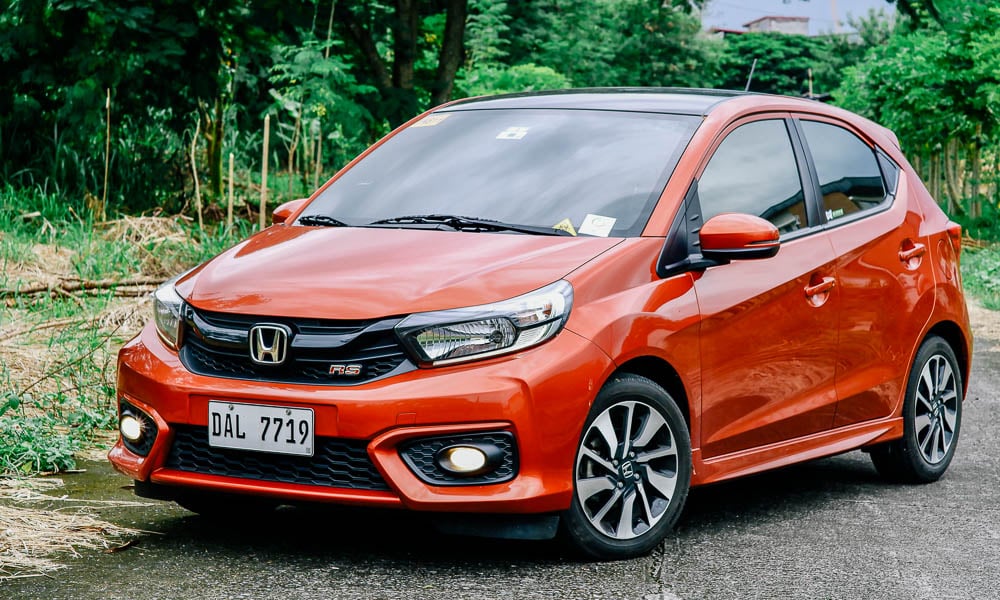
With the discontinuation of the Honda Jazz in the Philippine market (nominally replaced by the City Hatchback), the Brio has some rather big shoes to fill. After all, the Jazz arguably set the standard for small hatchbacks all the way back in the early 2000s with its spacious, shoebox styling, quality interior, peppy engines, and “magic” ULT seats.
But inflation, option creep, and a rapidly evolving market eventually made the Jazz uncompetitive for the price. A bunch of marginally smaller and cheaper hatchbacks had come in, which led Honda to bring in the Brio, and crossovers were offering more bang-for-the-buck than the Jazz.
I remember testing the first-generation Brio several years ago, and wasn’t too impressed. For one, it was ugly. Maybe Honda did it on purpose so as not to steal the Jazz’s thunder, but the Brio—especially in the lurid Green Goblin color—looked hideous. And you know, once you’re turned off by the looks, the rest of the car won’t matter even if it was competently engineered as almost all Hondas are.
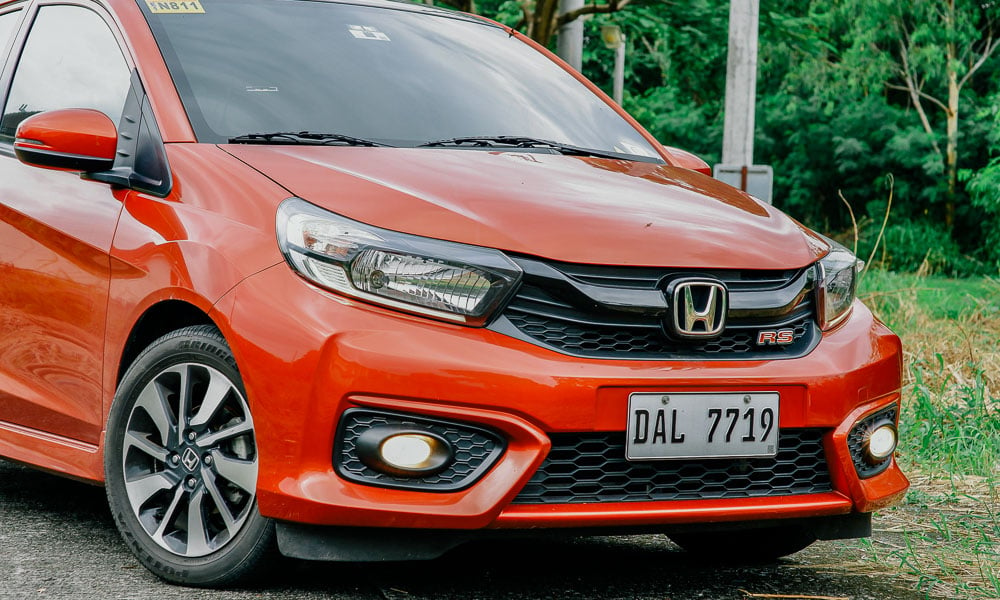
For the second generation, Honda did a lot of changes to give it a sharper and more upscale look, and the latest model year looks especially fetching in “RS” trim. The front fascia looks really nice with the upswept grille and headlamps, the black crossbar, and the honeycomb grille combo, with matching fog-lamp inserts.
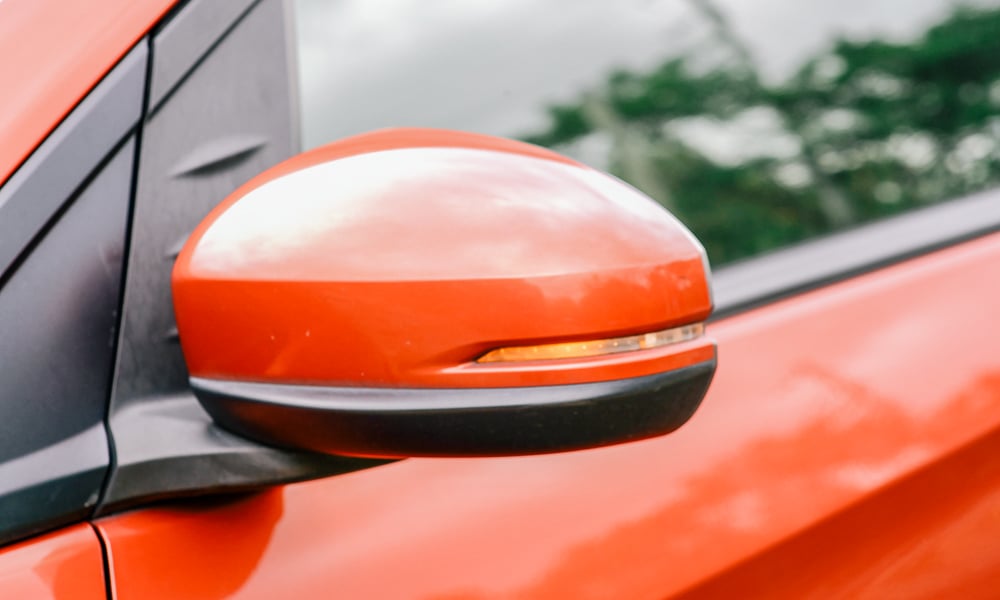
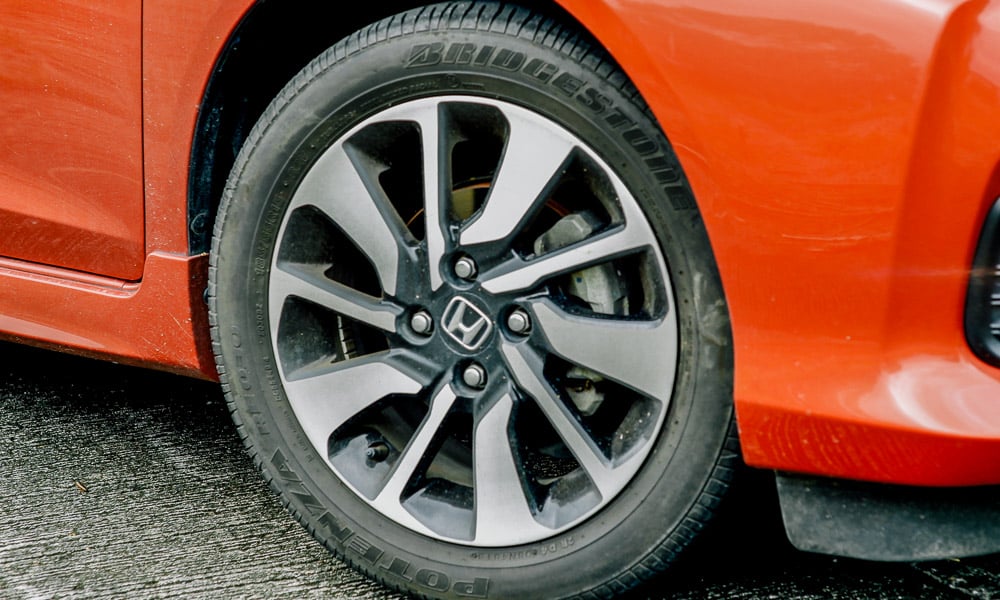
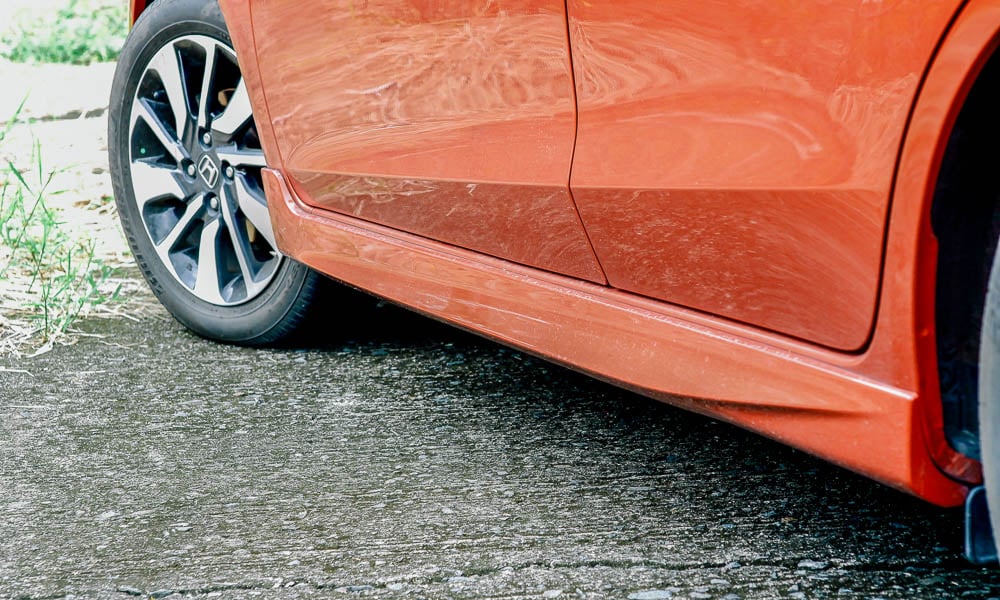
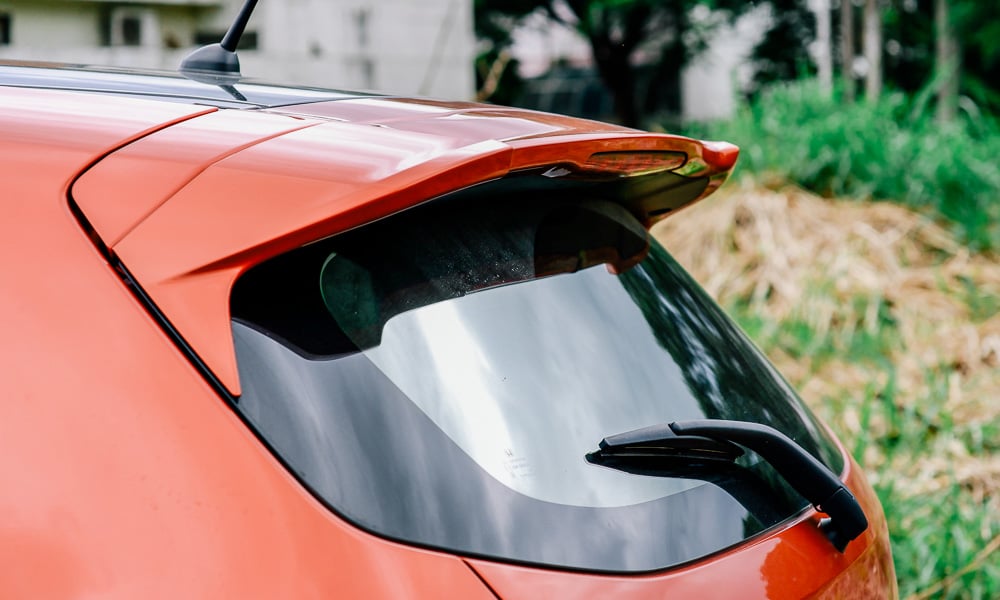
The sculpted front fender has a character line that sweeps up toward the back of the rear C-pillar, matched by sculpted BMW-style rocker panels. The blacked-out roof goes well with the plain plastic panels by the pillars.
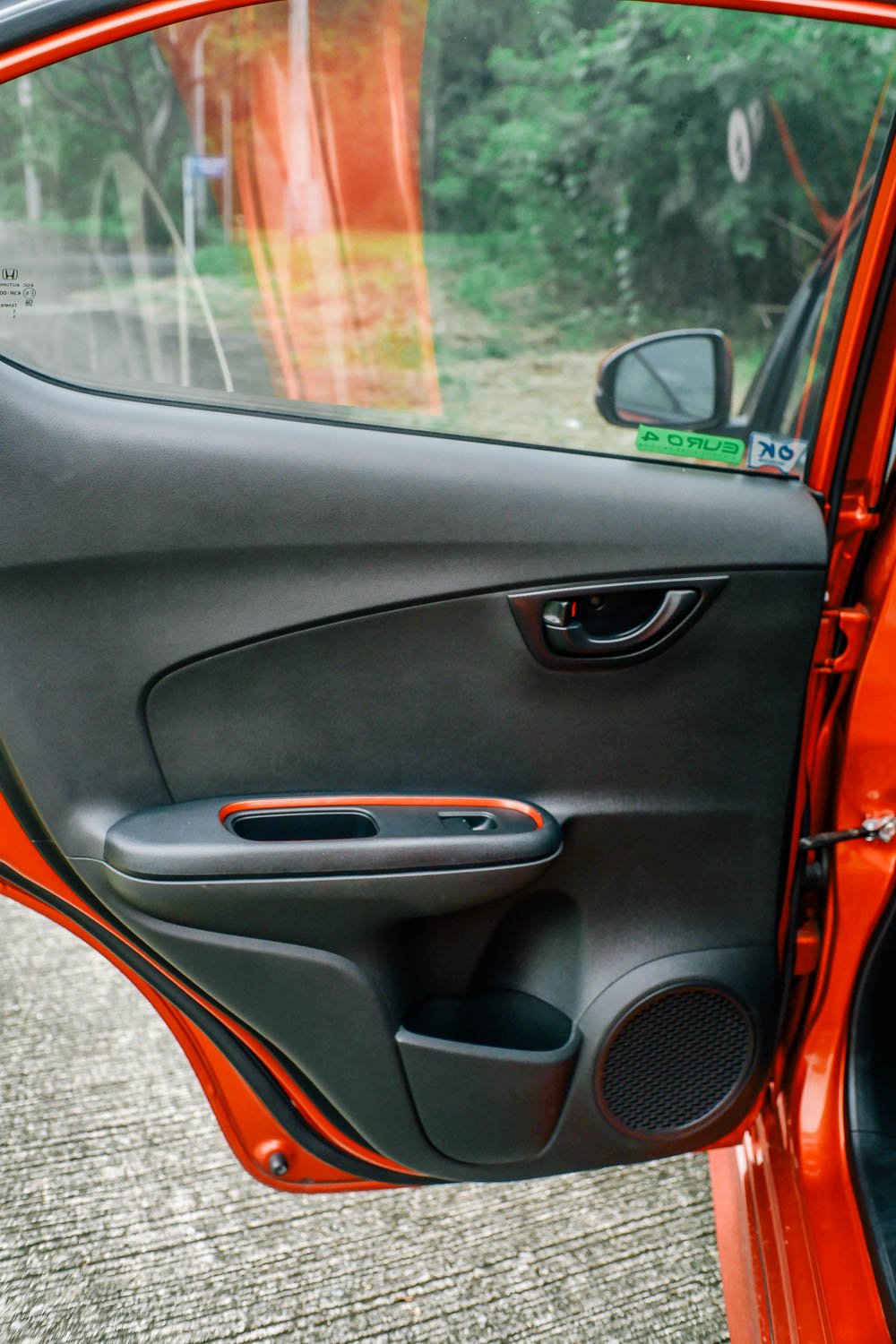
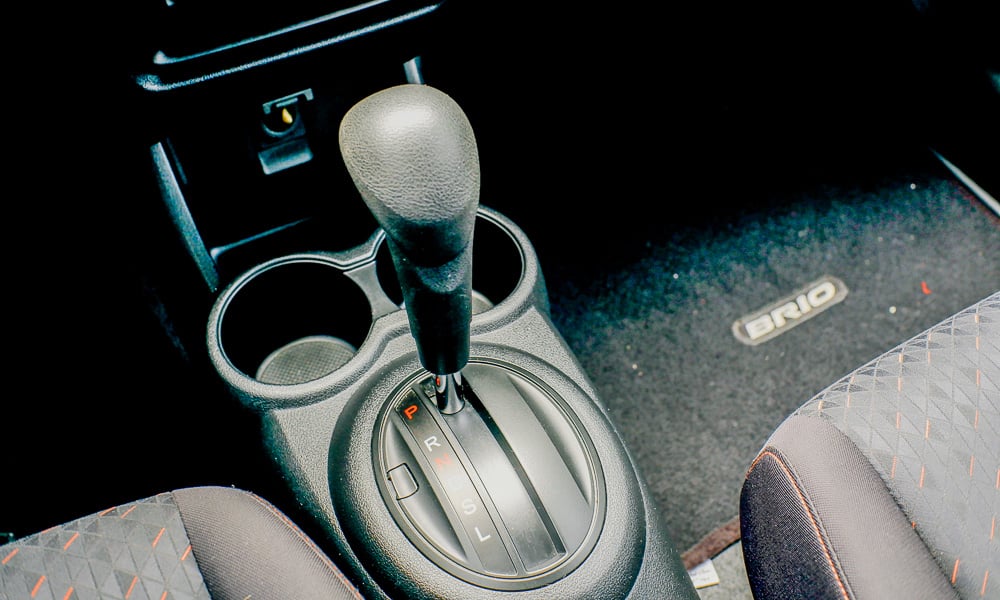
Some evidence of cost-cutting is apparent, like the way the wipers just sit at the base of the windshield instead of hiding further down below, and the liberal use of hard plastic for the dashboard and the door panels. But that’s the norm for this class of car anyway, and again, since the car makes a stylish first impression, it’s also forgivable. I mean, even the Jazz had a lot of cheap plastic in the cabin.
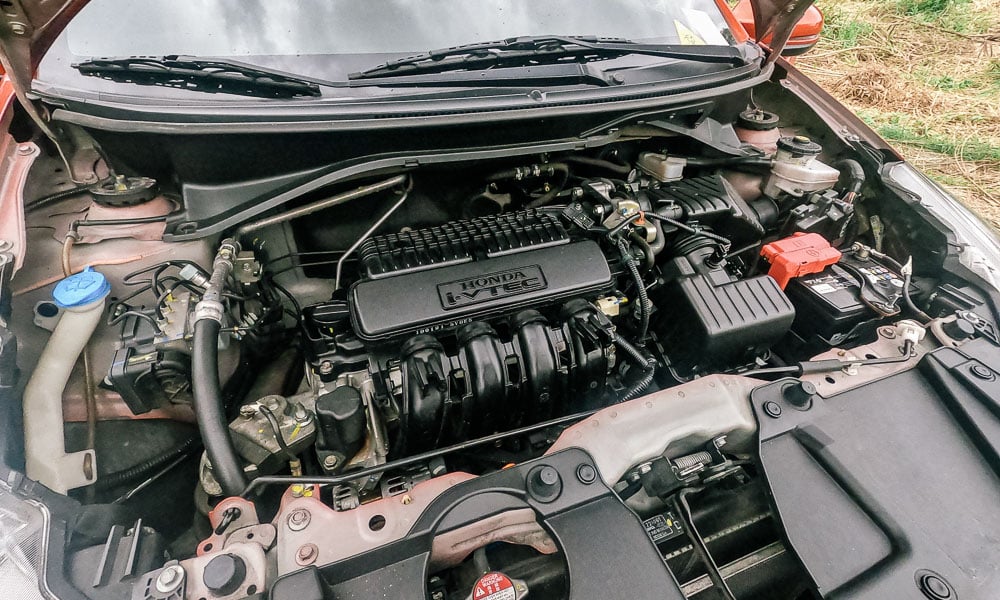
Unlike its competitors that prioritize fuel economy over other engine traits like sound, vibration, and throttle response, Honda still took pains to make the Brio a driver’s car by giving it a proper four-cylinder engine. The 1.2-liter SOHC i-VTEC might as well be a V8 compared to the thrashing and moaning three-bangers of the Mitsubishi Mirage, the Toyota Wigo, and the Suzuki Celerio.
It revs smoothly and has a nice snarl at the upper range, and is decently fun to drive at a spirited pace if you keep the CVT in “S.” There are no paddle shifters, but the computer does a good job of keeping it in the sweet spot when it senses you’re pressing urgently on the go pedal. Of course, 89hp still doesn’t turn the Brio into a race car, but now at least you won’t have people hating on you for blocking the overtaking lane. On slower, twisty roads, the car’s short wheelbase and precise handling characteristics will provide you with lots of entertainment.
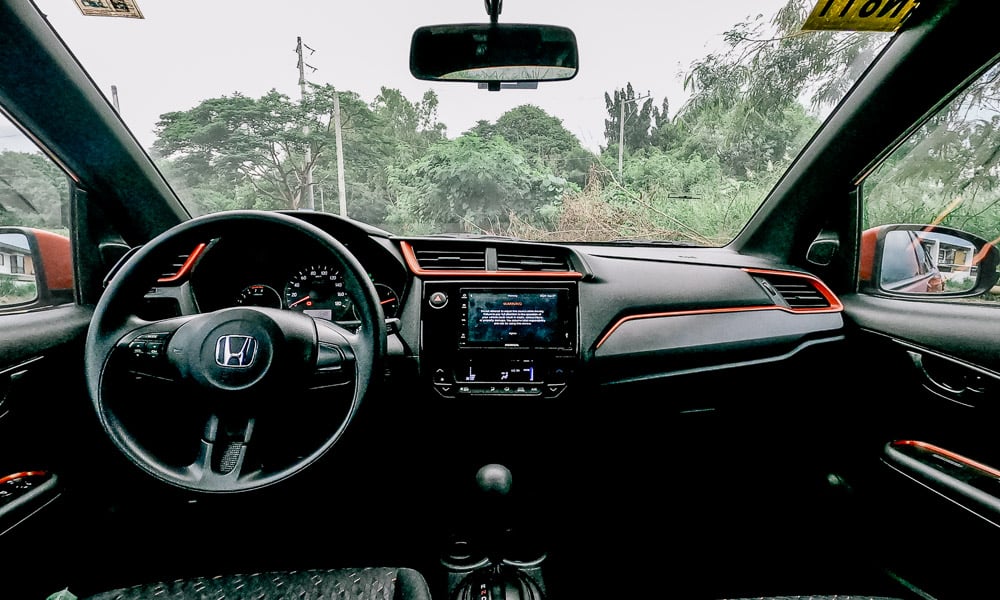
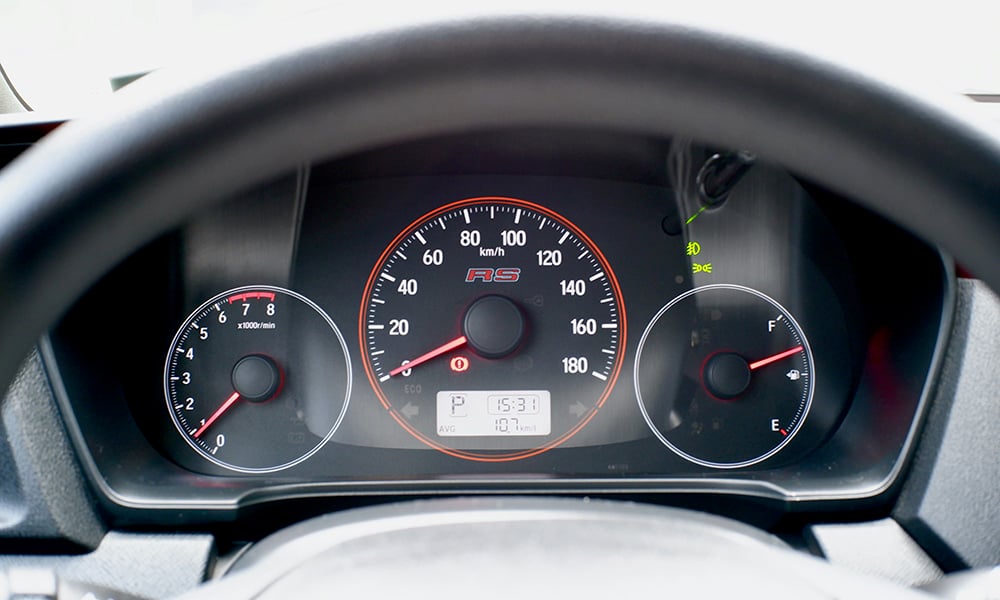
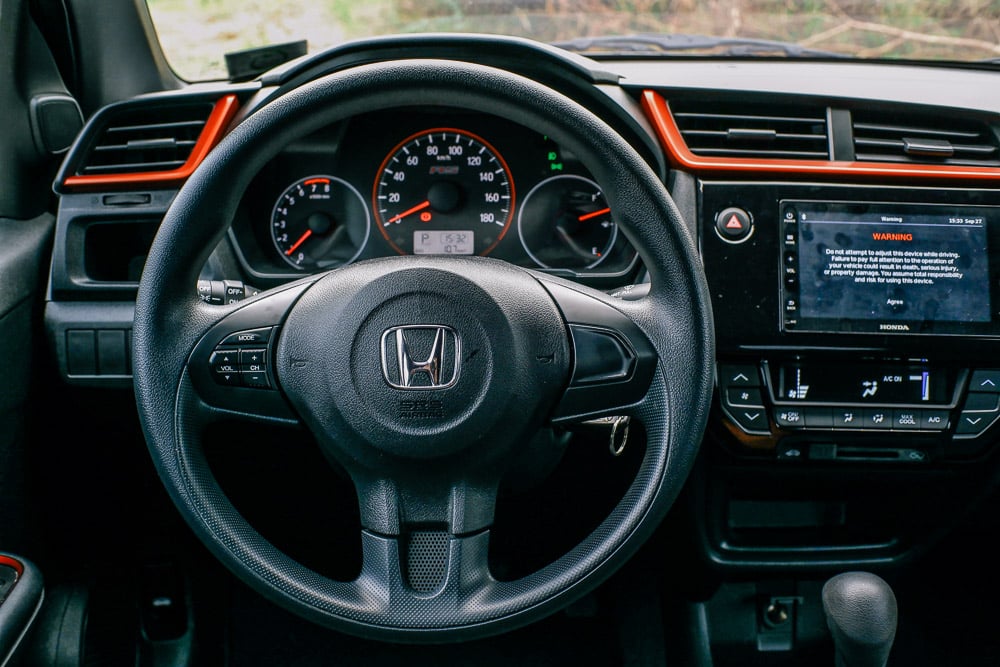
Honda’s reputation for making sweet driving machines is also evident in the cockpit. Beautifully elegant instrument panel, intuitive touchscreen display, idiot-proof A/C controls, and switches and buttons that move and click with watch-like precision. Even at P808,000, Honda isn’t throwing in a dashcam or parking sensors. Heck, you don’t even get a driver-seat height adjuster.
But, of all the cars in this segment, only the Brio feels (and sounds) more expensive than it does. From the solid thunk of the doors closing, to the positive feel of the switches, the tactile satisfaction is very high in the Brio. You don’t get that depressing feeling of, “Oh, I’m in a cheap car, and that’s why the doors flex and the handbrake feels like I could break it off if I pull hard enough. Woe is me.”
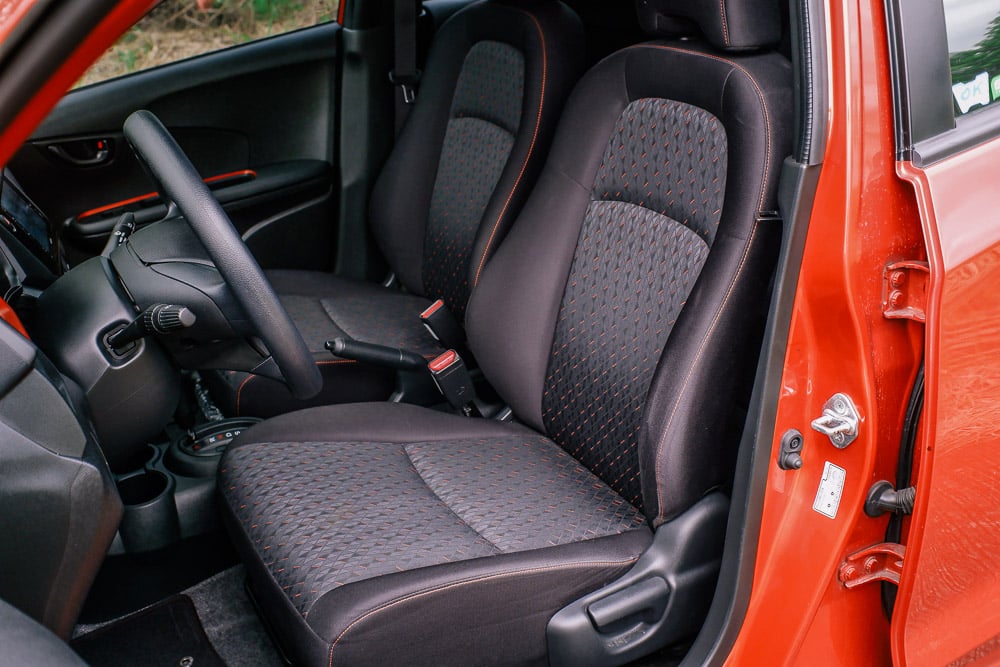
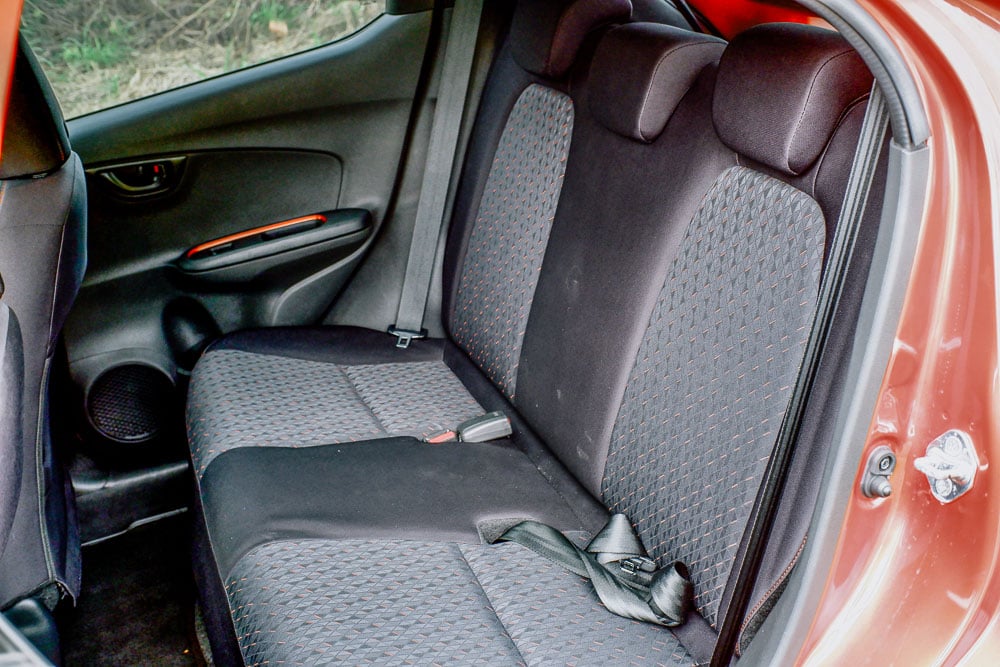
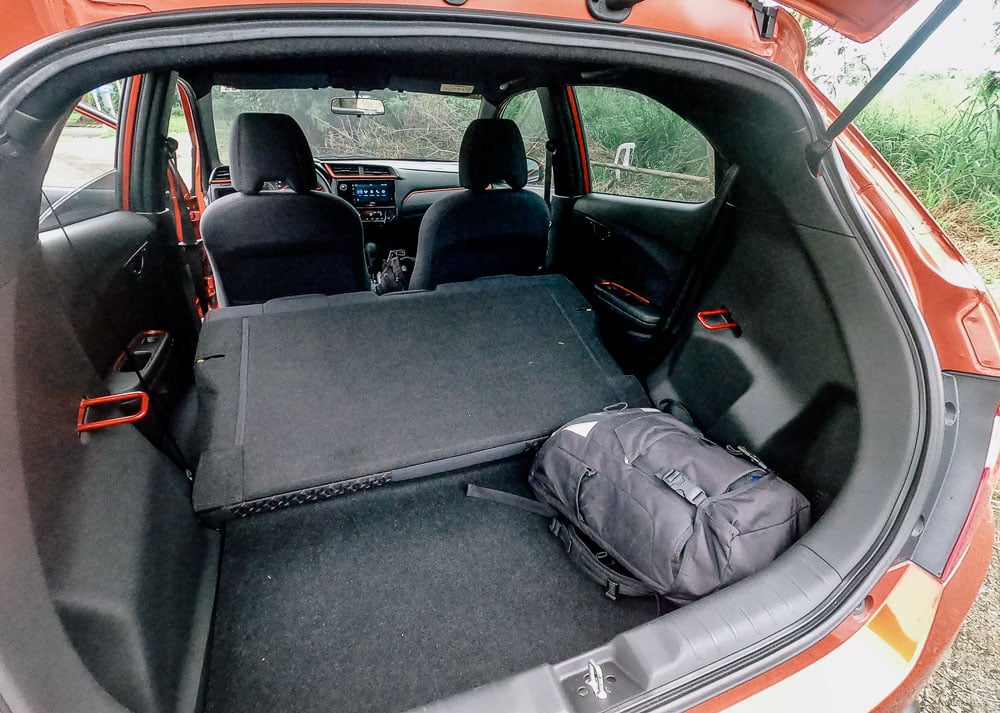
Incidentally, since the steering, the brakes, and the suspension are so well sorted out, yanking the handbrake to effect a sharper turn in the wet is a lot of fun. I had the Brio for a week, and made good use of its pint-size efficiency. Easy to park, easy to squeeze in and out of tight streets, spacious enough for groceries, thrifty enough to sip gas when not wringing its neck on an open road, and reasonably sporty that I didn’t feel like I was in yet another four-door cage stuck in traffic hell.
At its price point, the Brio only has the basic safety features expected in a car these days: dual airbags, G-Con body structure, car alarm and immobilizer. The conveniences are also sparse, with just power-folding mirrors, a seven-inch touchscreen, and a six-speaker stereo as the highlights. No “ULT” seats here; just a basic folding seat back. But the choice of top-quality materials where it counts like the seat fabric, the well-thought-out cabin design, and the palpable feeling of driving a car that was put together with care and precision, gives truth to the old adage about the whole being better than the sum of its parts.

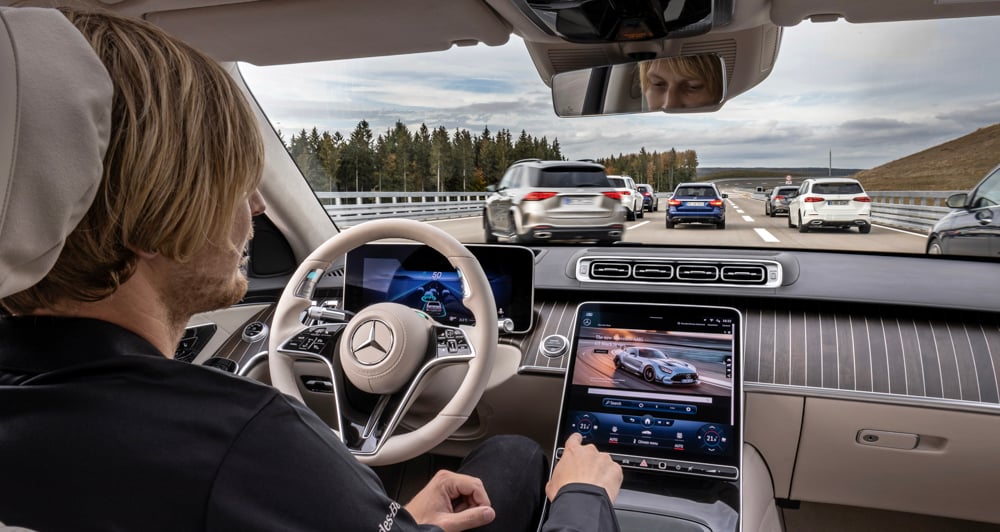
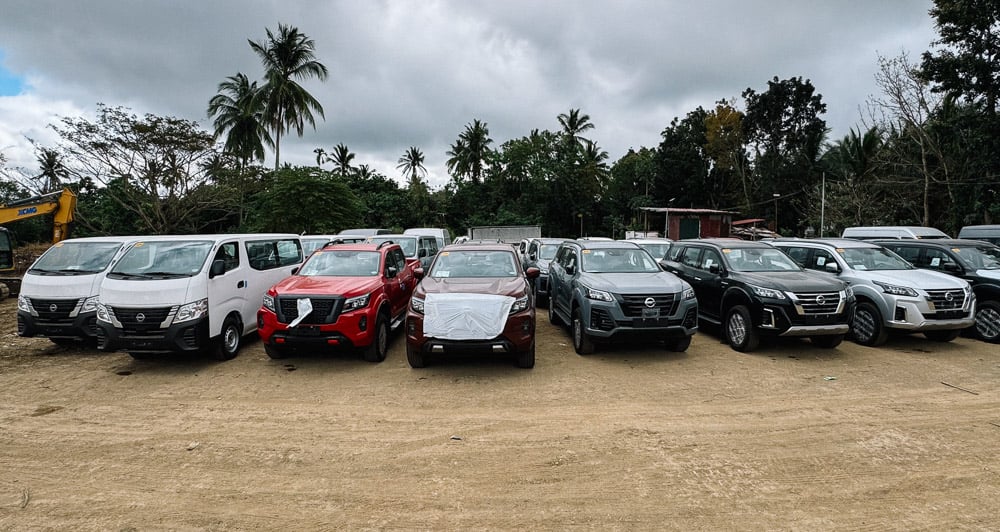
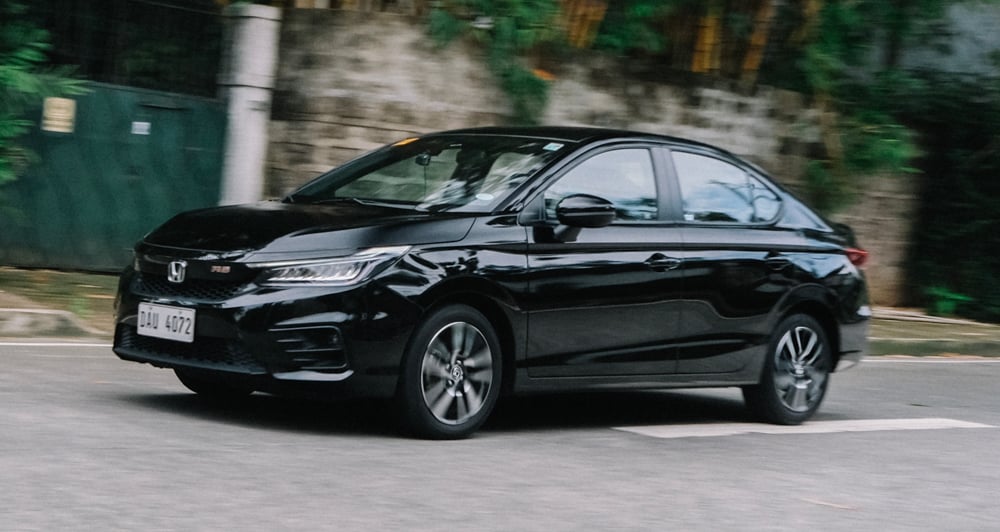
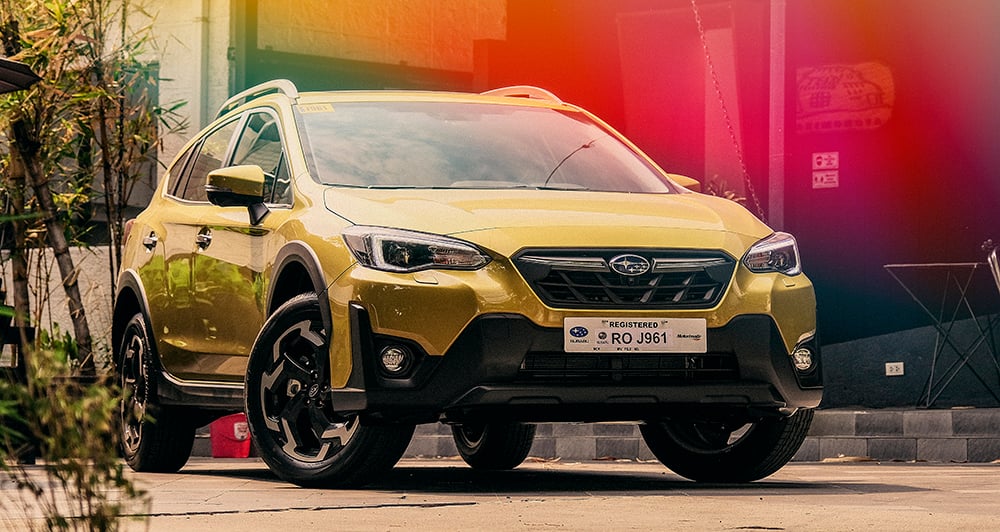
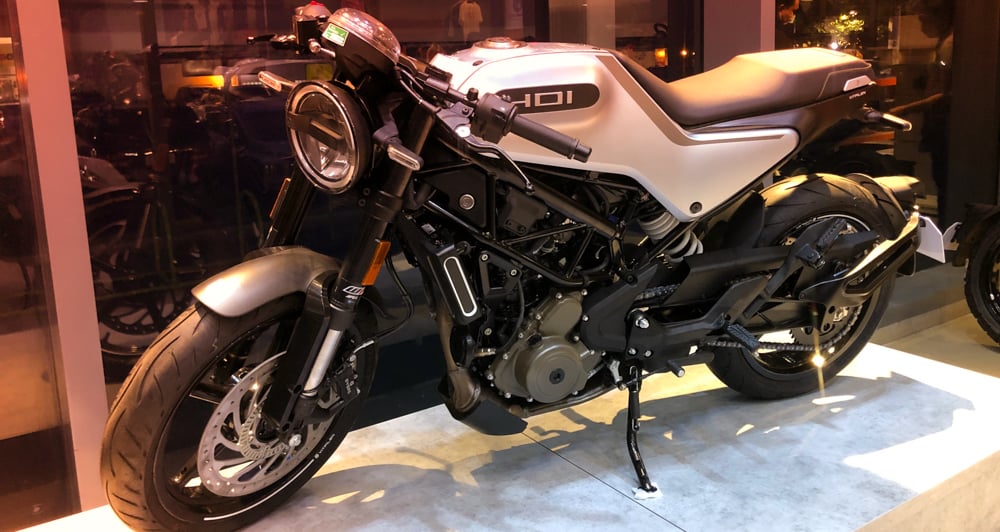

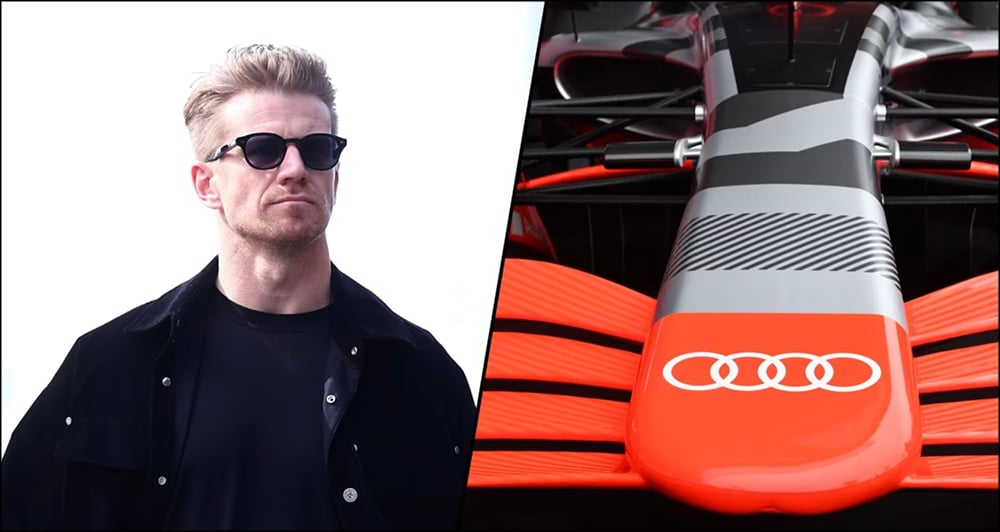
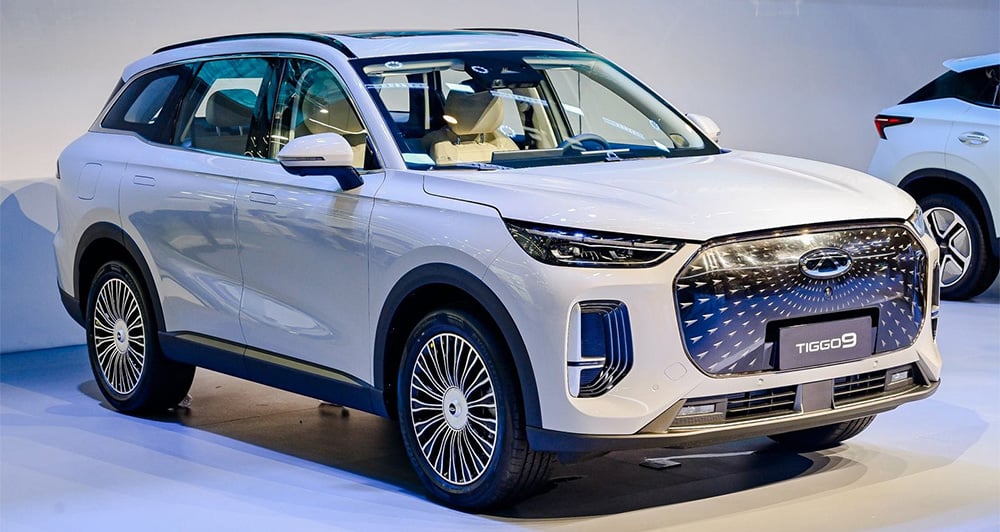
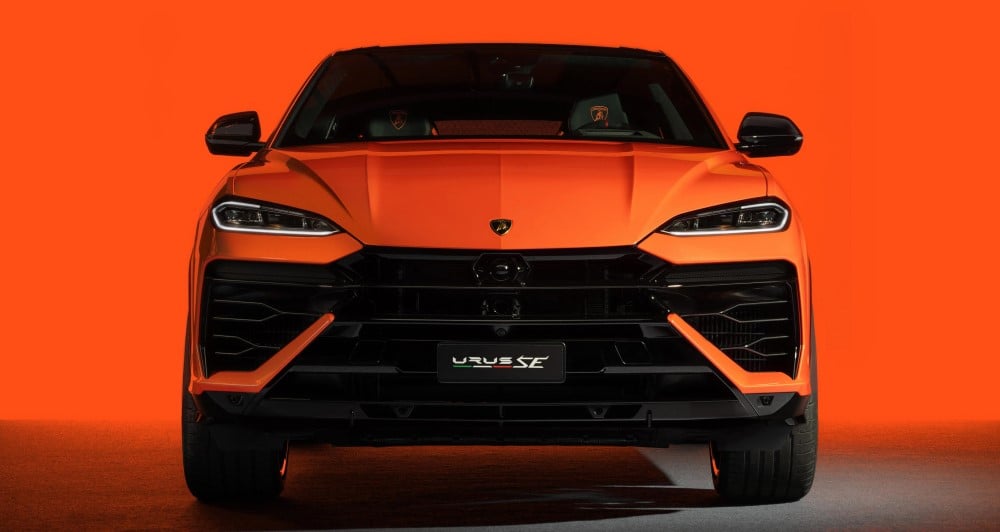
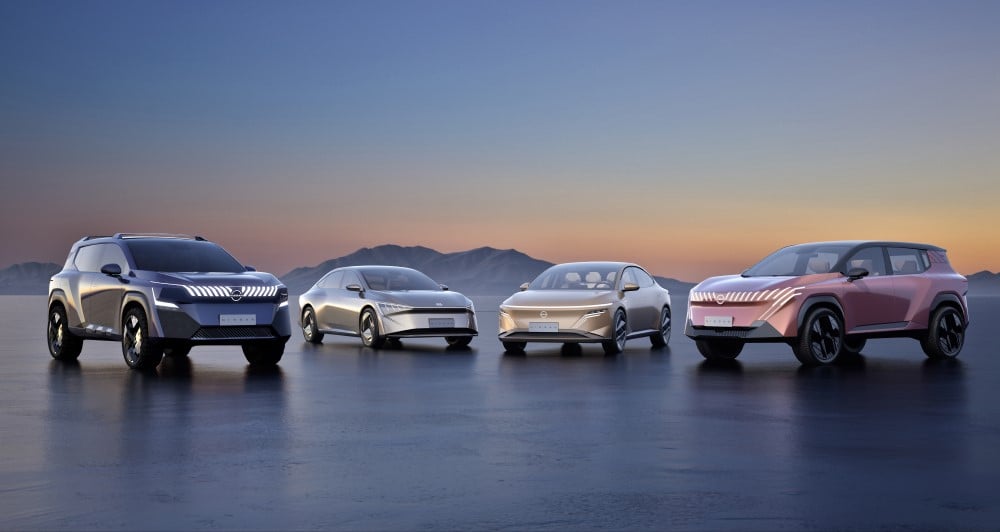
Comments